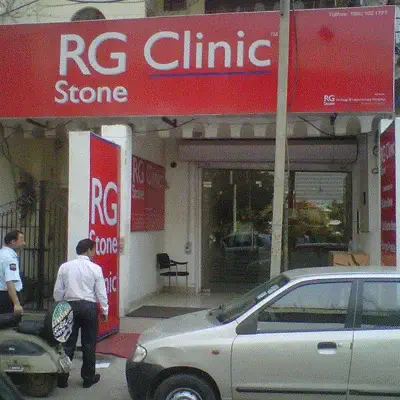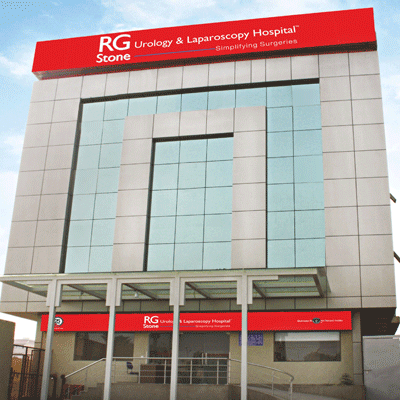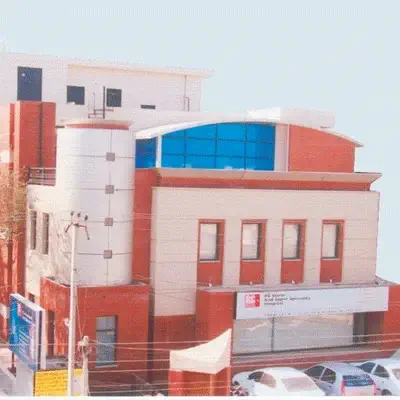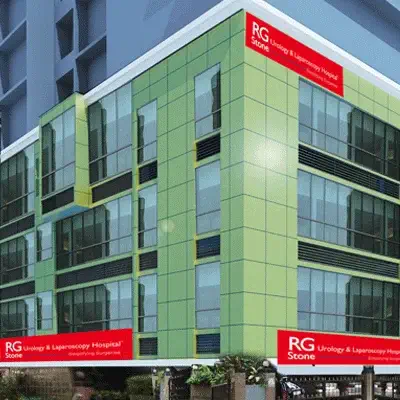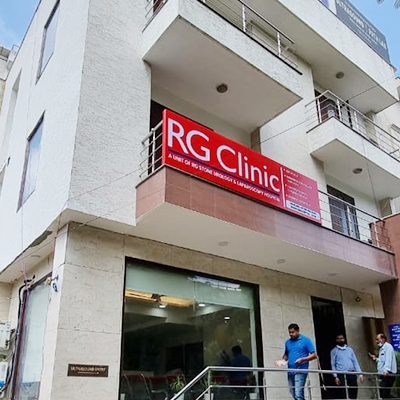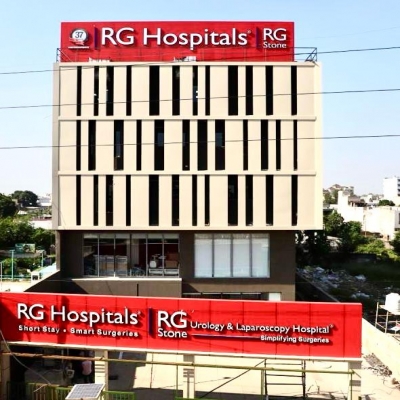A Ureteric Stricture is a narrowing of the Ureter, the tube that carries urine from the kidney to the bladder. This condition can result from various causes, including previous surgeries, Kidney Stones, infections, or Radiation Therapy. Congenital defects or medical conditions such as Fibrosis or tumors can also lead to strictures. The narrowing restricts urine flow, leading to potential complications like Hydronephrosis, which is swelling of the kidney due to urine buildup. Identifying the underlying cause is crucial for effective treatment and preventing recurrence.
Patients with Ureteric Strictures may experience symptoms such as Flank pain, recurrent Urinary Tract Infections, Hematuria (blood in the urine), and reduced urine output. In severe cases, there may be signs of kidney failure, including nausea, vomiting, and swelling in the legs and ankles. Diagnosis typically involves imaging studies such as ultrasound, CT scans, or MRI to visualise the Ureter and identify the location and extent of the stricture. Additional tests like Retrograde Pyelography or Ureteroscopy may be employed to provide a more detailed view. Early detection and appropriate management are essential to alleviate symptoms and preserve kidney function.
Procedures & Interventions
A minimally invasive procedure where a balloon is inflated inside the ureter to widen the stricture and improve urine flow.
A surgical procedure using an Endoscope to make precise cuts in the stricture, allowing it to expand and relieve obstruction.
Insertion of a small tube (Stent) into the ureter to keep it open and ensure continuous urine flow from the kidney to the bladder.
A surgical procedure that involves repositioning the Ureter to a different location in the bladder to bypass the stricture.
A surgical technique that uses a section of the bladder to reconstruct and replace the narrowed segment of the ureter.
A complex procedure where a piece of the Intestine is used to replace a damaged section of the ureter, ensuring normal urine flow.
Temporary placement of a tube directly into the kidney to drain urine when the ureter is completely blocked and immediate relief is needed.

A minimally invasive procedure where a balloon is inflated inside the ureter to widen the stricture and improve urine flow.

A surgical procedure using an Endoscope to make precise cuts in the stricture, allowing it to expand and relieve obstruction.

Insertion of a small tube (Stent) into the ureter to keep it open and ensure continuous urine flow from the kidney to the bladder.

A surgical procedure that involves repositioning the Ureter to a different location in the bladder to bypass the stricture.

A surgical technique that uses a section of the bladder to reconstruct and replace the narrowed segment of the ureter.

A complex procedure where a piece of the Intestine is used to replace a damaged section of the ureter, ensuring normal urine flow.

Temporary placement of a tube directly into the kidney to drain urine when the ureter is completely blocked and immediate relief is needed.
Team of Excellence
Behind every recovery story at RG Hospitals is a team of exceptional doctors whose passion for healing and innovation continues to transform healthcare and redefine patient outcomes.
Find a DoctorLooking for an Expert
RG Hospitals is proud to be the home of some of the world's most distinguished doctors.

Patient Stories
View AllPatient Testimonial | Commitment To Care
Treated by Dr. Manoj Gupta , RG Stone Hospital, Dehradun
- All Locations
- New Delhi
- Haryana
- Punjab
- Kolkata
- Chennai
- Mumbai
- Goa
- Uttar Pradesh
- Uttarakhand







